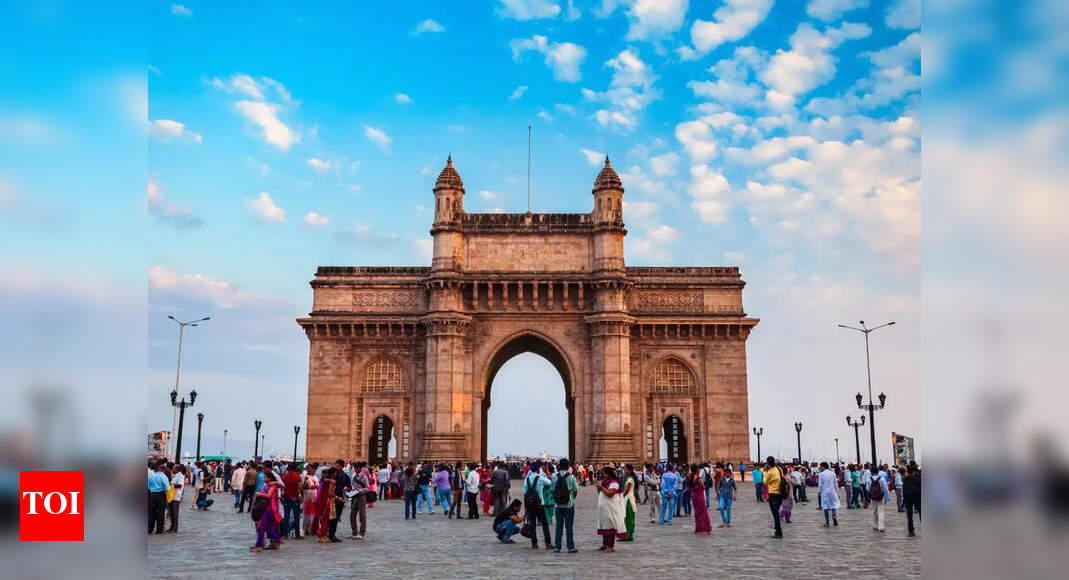Now Reading: 103 Indian Cities Record Decline in PM10 Levels Under Clean Air Initiative
-
01
103 Indian Cities Record Decline in PM10 Levels Under Clean Air Initiative
103 Indian Cities Record Decline in PM10 Levels Under Clean Air Initiative

Swift Summary
- 103 out of 130 cities under India’s National Clean Air Program (NCAP) reported lower PM10 levels in 2024-25 compared to the base year 2017-18.
- Among six major metros, Mumbai recorded the highest dip (44%), followed by Kolkata (37%), hyderabad adn Bengaluru (26% each), Delhi (15%), and Chennai (12%).
- A total of 22 cities met the National Ambient Air Quality Standards (NAAQS) in terms of PM10 concentrations, with Chennai being the only metro among them at an annual average level of 58 µg/m³.
- Despite improvement,Delhi,Kolkata,Mumbai,Hyderabad,and Bengaluru continue to exceed acceptable limits for PM10.
- Cities showing notable reductions include Bareilly (-77%), Varanasi (-74%), Firozabad (-59%), Dehradun (-57%), Moradabad (-56%) and Kanpur (-55%).
- Health risks such as asthma, cancer, stroke, and lung disease are associated with exposure to high PM10 levels.
Indian Opinion Analysis
The data demonstrates that India’s efforts under NCAP are yielding positive results in reducing air pollution across a meaningful number of cities since its inception.Mumbai’s exemplary progress among metros showcases what targeted initiatives can achieve on a larger scale if carefully implemented citywide. However noticeable gaps remain; major urban hubs like delhi persistently report non-compliant PM10 levels despite moderate improvements.
Chennai standing alone among metros to meet NAAQS reflects both successes and challenges-while it underscores effective measures taken locally or regionally within certain environments nationwide systemic .




























